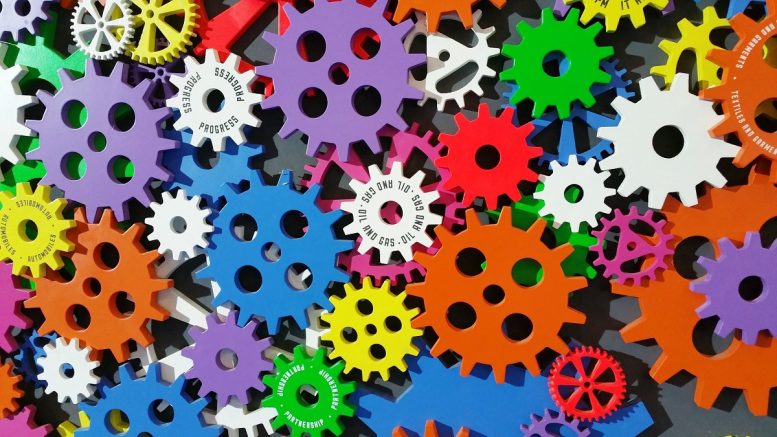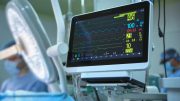The health sector’s resourcing shortfall is well documented, and recent reports of burnout and short staffing paint an increasingly worrying picture. Compounding this, the number of people waiting for treatment is the highest since records began. Faced with significant man power shortages, it safe to say it will take a while to get back on track. The eternal question that all health service providers face is: how do we do more with the same resource?
I believe technology will be central to this. While certainly no silver bullet, it can drive significant efficiencies, fairly quickly. Fortunately for care providers, other industries have done the majority of the leg work. They’ve already gone through the development cycles and inherent failures that come with ironing out emerging technologies. Those lessons have been learned. Now health services can reap the rewards.
It comes down to data. Medical grade technology has been steadily entering the home. Medically certified kits such as home blood pressure monitoring kits and ECGs, oxygen saturation (SPO2) readers, or blood glucose readers can be prescribed and taken home, or even purchased outright. Patients are more empowered, more educated, more active in generating this data. It also means the quality of the data available, not just the volume, has been improving.
So while resources inside health systems have remained static, the potential data at their fingertips has increased. This presents an opportunity to use that data to derive better insights and efficiencies – to take advantage of the work the patient has put in beyond the service’s traditional borders. Yes, the more blue sky thinking around applied AI and preventive care is well espoused, and showing promising (if slow) progress. We ourselves at OMRON Healthcare have recently collaborated with a Kyoto university for just his purpose. But what I’m talking about is simpler and faster to implement, and pays quicker dividends.
I’m talking about process automation. This extends far beyond back office processes and actually into primary care. When applied to common, chronic condition management where care requires routine logging and analysis of data and correlation to treatment planning, I believe there are significant efficiencies to be made by enhancing these delivery workflows.
Now more than ever, with this new wealth of quality data, let’s take advantage of well-established technology tools.
It starts with having the right infrastructure and tools at both ends. Home readers creating new data is only half the battle. Without some form of intelligent automation at the other end, you overload healthcare practitioners with time consuming data analysis, trend spotting and correlation. There needs to be a machine that can interpret and use this data. Fortunately the guidelines for this machine are already in place. They are the same practice guidelines that healthcare professions already use.
So, with the right infrastructure and automation tools at both ends, patient generated health data can automatically inform, shape and even produce complete treatment plans based on existing best practice guidelines. And this isn’t just theory. Recent examples from the UK include the NHS launching a remote patient monitoring platform using OMRON’s technology for hypertension that was designed to do just this, called Hypertension Plus. We’ve worked with the NHS to roll it out to over 150 UK practices in the initial phase, and we’re encouraging further clinical commission groups (CCGs), who are the bodies running the programme, to join the initiative. Once fully rolled out across the UK, it is estimated that Hypertension Plus will do more with what we have: freeing up almost a third of appointments for hypertension (according to estimates by the National Association of Primary Care), allowing GPs to refocus on personalised or emergency care – not time consuming data analysis.
Note that this is all about empowering both the patient and the practitioner, not about replacing anything. The treatment programmes are only suggestions that place the data and textbook response at the doctor’s fingertips so that they can make the right call based on their own experience. The by-product of this is faster, enhanced and more accurate care that frees up practitioners to focus on delivery and fine tuning.
So how do we make this automation vision a reality? Ultimately it comes down to how third parties and collaborators sell themselves and their solutions. There needs to be tangible, proven benefits and case studies presented in a way that is accessible and not confusing. We know technology’s innovation pipeline is brimming with potentially transferable tools that could revolutionise how care is delivered, so let’s make it easy for care providers to adopt them.
Article by Andre Van Gils, Senior General Manager Global Sales & Marketing, OMRON Healthcare





